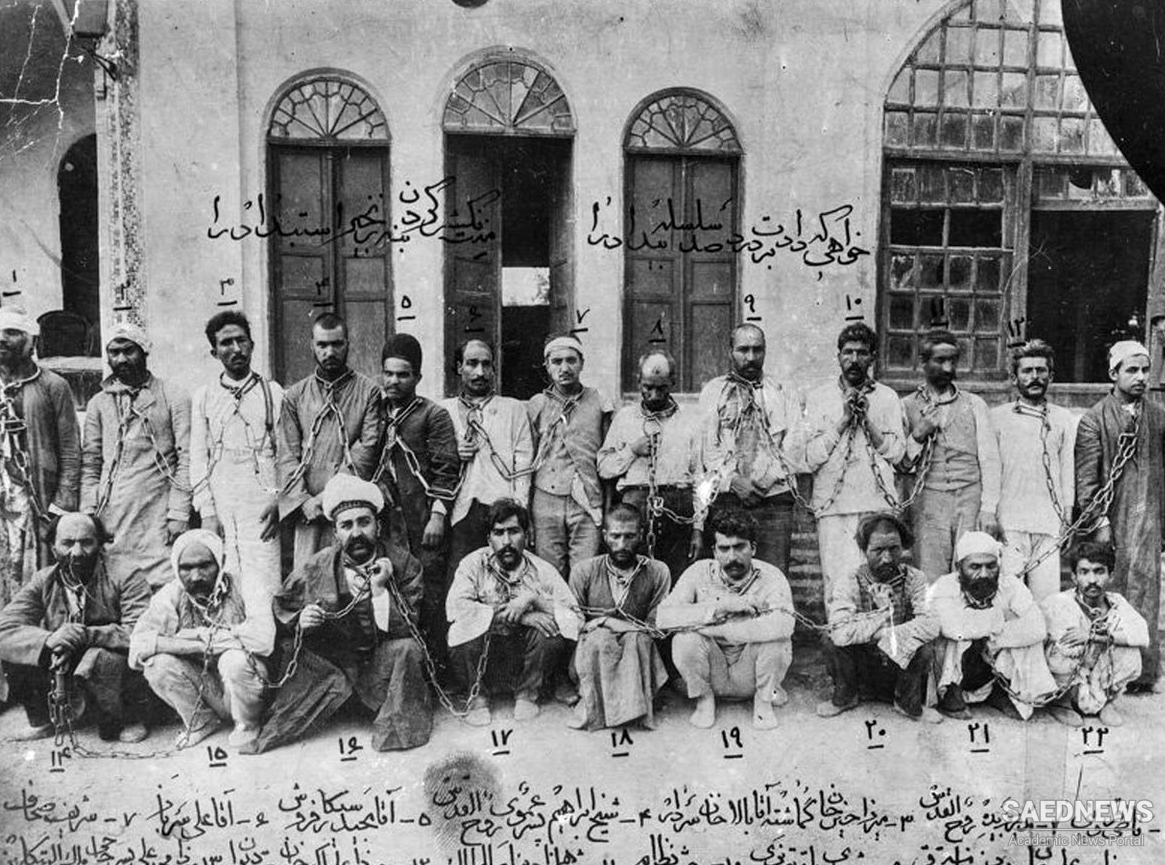War had raised Iranian nationalists’ hopes but also left bitter memories in the hearts and minds of many who felt robbed of the true constitutional legacy or of the true values of Islam. They saw themselves as victims not only of the onslaught of foreign powers but also of the betrayal of the constitutionalists, and later of the brute power of Reza Khan. He was seen as a usurper who had come to power on the backs of British occupiers and with the help of a privileged elite.
It was these memories that were to haunt many generations of Iranians, both secular and religious, for decades to come. For some, the experience of the Constitutional Revolution proved that Western powers would not allow the establishment of a free and democratic regime and that domestic political players were incapable of maintaining it. For others, the mashruteh liberal democracy was an imported commodity, even an “ailment” devoid of imagined “authenticity.”
The memory of the Constitutional Revolution, lingering in journals and memoirs of participants and eyewitnesses, later was reconstructed as a narrative of national resistance. In the 1940s and 1950s the Allied forces’ occupation of Iran and subsequently the oil nationalization movement persuaded Iranian political players and observers to view their own national aspirations and the foreign intrusions as continuation of the constitutional struggle. The parallels were indeed striking, even if the agents and players were not all the same.
Mohammad Mosaddeq, the champion of oil nationalization, was a member of the late Qajar elite whose worldview and ideals were largely shaped by the Constitutional Revolution and its prescribed parliamentary process. Nearly a quarter of a century later, Ruhollah Khomeini’s doctrine of Islamic government under the “Guardianship of the Jurist” was a clear rejection of the secular liberalism of the constitutional period, and more along the lines first preached by Fazlollah Nuri and supporters of the mashru‘eh. Attempts to materialize this alternative vision transformed Iran in directions strikingly different from the constitutional experience, yet it still left Iranians grappling with issues of democracy, national identity, and geopolitics as during the Constitutional Revolution.


 Constitutionalism and Emergence of a New Foreign Policy Paradigm
Constitutionalism and Emergence of a New Foreign Policy Paradigm














































